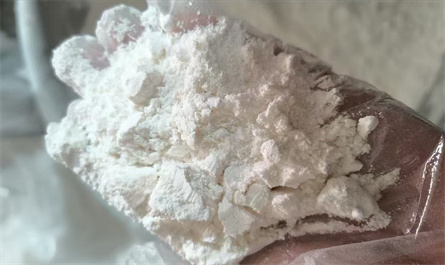Functions and applications of 6 common plant growth regulators

In agricultural production, plant growth regulators are widely used. Whether it is to promote growth, flowering, rooting or fruiting, the expected effect can be achieved through spraying and other methods.
1. Paclobutrazol
Function: Paclobutrazol can effectively delay plant growth, inhibit excessive elongation of stems, shorten internode distance, promote plant tillering, and enhance plant stress resistance.
Application scenario: This regulator is widely used in agriculture, mainly used to control the vigorous growth of fruit trees, flowers and crops, and help improve their lodging resistance.
2. Brassinolide
Function: Brassinolide can regulate the growth process of plants and improve the efficiency of photosynthesis by promoting cell division and elongation. It can also enhance the stress resistance of plants, such as improving the ability to resist cold, drought and salinity, and help reduce the impact of pesticide damage.
Application scenario: Brassinolide has a wide range of applications in agriculture, covering a variety of crops, fruit trees and vegetables, and is suitable for all stages of plant growth.
3. Gibberellic Acid (GA3)
Function: Gibberellic Acid (GA3) can significantly promote cell elongation, thereby increasing plant height. It can also stimulate seed germination, promote fruit growth, and break the dormancy of plants.
Application scenarios: During the flowering period of fruit trees, Gibberellic Acid (GA3) is widely used to promote fruit setting; at the same time, during the processing of vegetable seeds, it can also effectively improve the germination rate of seeds.
4. Ethephon
Function: Ethephon can promote the ripening of fruits, and can also induce the shedding of organs such as leaves and fruits, and has the effect of stimulating the differentiation of female flowers.
Application scenarios: Ethephon is often used for ripening of fruits, such as accelerating the ripening process of bananas and persimmons; in addition, it is also suitable for ripening and defoliation of crops such as cotton to improve yield and quality.
5. Chlormequat Chloride
Function: Chlormequat Chloride can effectively inhibit the phenomenon of leggy growth of plants. By shortening the internode length, the plants present a short and sturdy shape, thereby enhancing their ability to resist lodging.
Application scenario: This substance is widely used in the planting process of crops such as wheat, rice, and cotton to prevent lodging problems caused by excessively high plants.
6. Sodium Nitrophenolates
Function: This substance can promote the flow of cell protoplasm, thereby enhancing cell vitality and accelerating plant growth and development. In addition, it also helps to increase the yield of crops, improve their quality, and enhance their resistance to adversity.
Application scenario: Sodium Nitrophenolates has a wide range of application value in agricultural production and can be mixed with fertilizers and pesticides to improve the efficiency of fertilization and application of pesticides.
RECENT POSTS
Featured News



